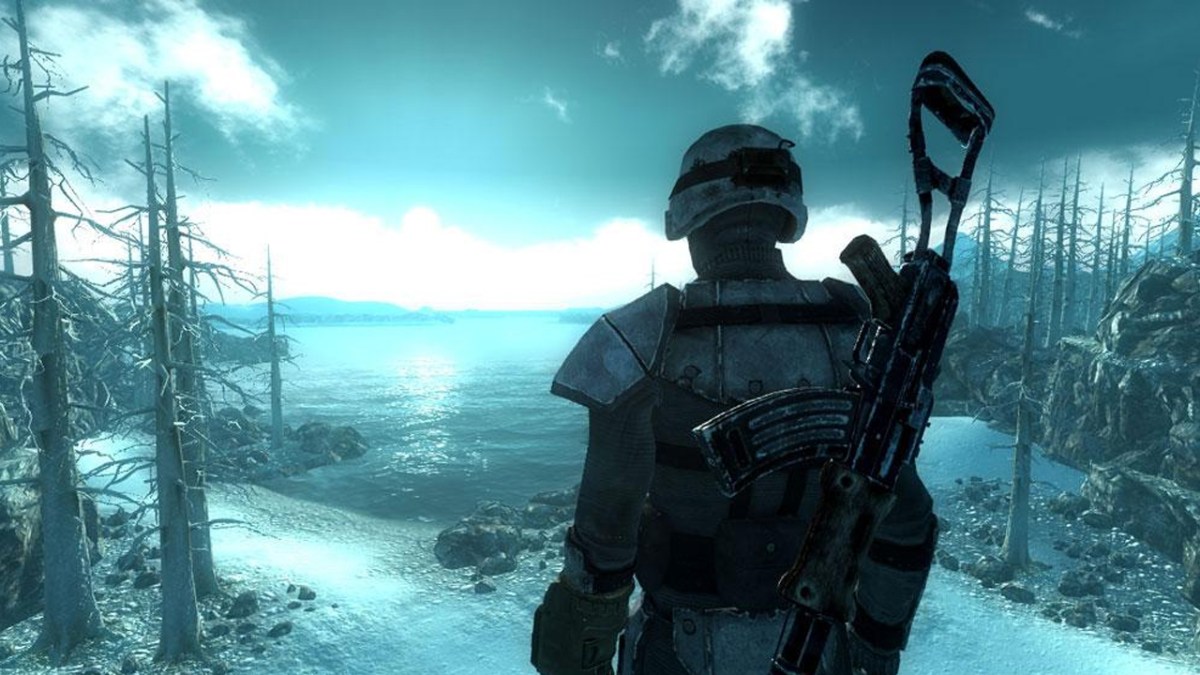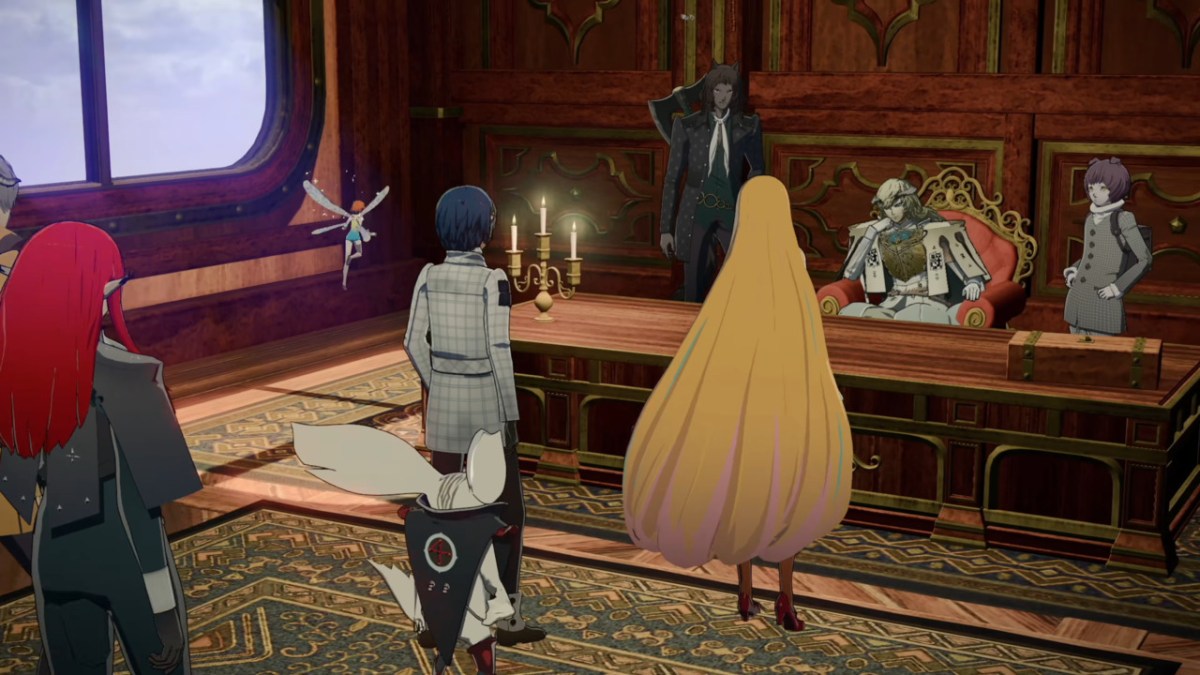The Oculus Rift launches on March 28th, less than two weeks from now. While all of the Rifts to be available at launch have sold out, it won’t be long until virtual reality is major part of the gaming landscape. Indeed, Sony just announced that the PlayStation VR would be released later this year at the price of $399. The Oculus Rift has a higher price tag at $599, but also higher performance. Meanwhile Valve and HTC’s Vive will likewise launch for PCs in April at a price of $799, coming loaded with its motion controllers and its Lighthouse room tracking system.
In all cases, however, these offerings are still at normal consumer-level prices. VR, it turns out, is now ready for the consumer world.
For PC gamers, a fair amount of up-front costs are also required for virtual reality play. You need to have a pretty top-end PC with a pricey graphics card and processor to meet the recommended specs for the Oculus Rift (You can read more about the costs here). The Vive has similar requirements. But even there, it won’t be long until VR-focused budget graphics cards are available from the major manufacturers, and even many laptops will eventually be able to run the hardware.
What’s lacking then isn’t the hardware or the market. Right now, what’s lacking is the applications. The question is: What is virtual gaming going to be?
VR, it turns out, is now ready for the consumer world.
The first answer is, in many cases, the same thing that it is right now, but with the ability to look around freely. Indeed, a multitude of games, like The Witcher 3, BioShock and Half-Life 2 will be playable with the Oculus Rift. Nothing about the Rift fundamentally changes the gameplay, other than making the world more immersive and responding to head movements. We can expect that a whole slew of new games are going to take advantage of this. It’s likely that, for some time after the introduction of VR, most games will support VR without being expressly designed for it. It won’t matter if you don’t have a VR device, but if you do, you’ll be granted additional immersion.
Indeed, because head movement is the only additional input mechanism intrinsically related to a VR headset, the control schemes for most early games will likely remain the same. It would be quite difficult to control, say, an RPG with only your head movement. Thus, early on, most VR games will still probably be controlled with standard input devices, like a joystick or controller. These inherently limit the immersion of the user by disconnecting what they see from their own movements. If I see my hands out holding a huge gun in front of me, but my actual hands are in my lap holding a controller, the immersion becomes incomplete.
Some genres of games, however, are more conducive to immersion in this state than others. Developers of early games designed for virtual reality have recognized this, which is why the spaceflight sim EVE: Valkyrie will be bundled with all pre-orders of the Oculus Rift. Flight sims make sense as a first introduction to VR. In a plane, you sit and control the vehicle with a joystick or yoke, which may well be what’s actually in your hand. Just like in, say, a jet fighter, you can look around your canopy to find your enemies. It mirrors almost exactly the experience of being in a small plane or spaceship, excluding only the G-forces. This is also why Star Citizen developer Cloud Imperium Games has put so much emphasis on VR: it’s a natural fit for their product. Indeed, VR will probably see space sims and flight sims return in a big way.
But the future of VR is almost certainly going to go well beyond merely increased visual verisimilitude across a multitude of genres, and control schemes will be vital to this. It’s one thing to wear a VR headset and swing a sword with the touch of a button on a gamepad, but quite another to reach out with your actual arm, pick up your virtual sword, and swing it yourself. These features add layers of player engagement beyond what traditional platforms have provided.
Fortunately, additional VR inputs are already on the way. Perhaps the most exciting is the Oculus Touch, which is set to launch later this year. The early indications suggest that these devices, which look like a combination of a bracelet and a Wii Nunchuck controller, are both ergonomic and incredibly accurate. The triggers on the handles allow users to deftly pick up objects, manipulate them, and even pass them to other people in-game.
Trying to outdo Oculus, Valve and HTC’s soon-to-be-released Vive will have Lighthouses devices, which allow for room-scale VR. The tiny Lighthouses will be installed high in your designated playing space, allowing you to stand and move around an area five meters diagonally, such as a 3.5mx3.5m square, while be accurately tracked. Wand-like controllers will also come with the Vive, and will detect hand position using the Lighthouse technology. While Oculus will be capable of room scale VR in a more limited capacity than the Vive, it’s clearly not the focus. The Oculus designers see it as primarily designed for seated or relatively motionless VR experiences. They don’t expect many people to carve out a large roaming space near their PC.
For those who want unlimited real-roaming, there is of course, also lots of development in the treadmill space, which ideally will allow players to walk (and sometimes jump and crouch) unconstrained in virtual space using their actual legs. But the reality of these peripherals is that they’re unlikely to be appearing in most homes given the sheer amount of floor-space they take up.
All of this, however, is to suggest that we’re going to need new types of game to play with the new technology. Oculus launch games like Lucky’s Tale and EVE: Valkyrie look to showcase the power of VR and introduce new users without overwhelming them with new ideas. But we have to expect that these new devices will eventually create entirely new ways to play and new experiences that simply weren’t possible before. Unfortunately, these games, and most of the anticipated titles for VR look like they could just as well be played through a monitor and on a controller. Nothing about them suggests that the VR is essential.
For example, Chronos, one of the most anticipated Oculus games, will be a third-person adventure RPG largely controlled in a typical way. It’s undoubtedly going to look and feel great using VR, but nothing about it suggests that this needed to be a game played in VR.
So what will be unique to VR? Right now, it doesn’t look like anyone knows, but we can certainly expect a lot of new things. Object manipulation, which is typically clunky using a controller or mouse and keyboard, may well become key to new gameplay styles. Puzzle games may get a lot of use out of this, or simulation games in which you actually craft or change things with your hands. These might eventually be worked into other genres. Imagine, perhaps, an MMO with a crafting system were part of the crafting actually relies on physical dexterity.
One of the obvious applications, and something we’ve already seen on systems like the Xbox Kinect and PlayStation Move, is the type of sports or sword-fighting games that let you swing or throw various objects around. Right now, these tend to be fun distractions, but are rarely very deep, and the responsiveness of the detection systems always make them a bit wonky. With devices like the Touch, these may get much better, but it remains to be seen whether a sword-fighting game with 1:1 responsiveness will actually work in the long term.
Game designers have to take the real physical abilities of their players into consideration. After all, even swinging your arms around without a sword in them will get tiring pretty quickly.
So the reality of motion devices like the Touch and the Vive’s controllers is that they can’t be too strenuously used. The fun-looking Job Simulator will certainly make use of these kinds of controls to move objects around and throw knives at walls, but even it will most likely be a sort of tech demo for new players with its relatively simple gameplay.
Despite throwing out the rulebook for designing games, VR does come with a whole lot of limitations. The closer games get to truly immersing the player in the virtual world, the more the actual limitations of the player and the space they inhabit have a bearing on their ability to play the game. As Oculus Rift’s developers have recognized, these creators need to be careful having games designed where players wander about, because not everyone has a big empty space in which to play. Disabilities may also reduce the ability of some gamers to make use of motion content, possibly disqualifying them from certain games. An escape into a virtual world isn’t much of an escape if a disability is just as debilitating there as it is in real life. But these limitations don’t mean there isn’t space in which to innovate.
Game designers have to take the real physical abilities of their players into consideration.
The ability to combine head movement and object manipulation will allow players in certain games to do things with objects they never could before, and learn new information about them. Objects may become designed to be much more than rigid one-purpose items, and may actually respond in interesting ways to being poked and prodded. How this will change game design to create or alter genres remains to be seen, but for now we should at least expect a lot more attention paid to the little things, because that’s exactly what VR lets games do: pay attention and interact with each element of the gaming world. From disarming bombs in first-person shooters to discovering artifacts in adventure games to reading facial cues in RPGs, some things will likely get a lot more real, interactive, and ready for up-close inspection.
Imagine, perhaps, a traditional murder mystery at a dinner party that needs to be solved by closely examining every clue by turning it over in your hands. Or a puzzle game in which you bend mirrors with your hands to focus a beam of light. Or a god game where you can carve rivers with your nails and sculpt mountain ranges between your fingertips. These are only a few suggestions that are personally observable. The limitations are almost endless as they are compelling.
The other big element that VR will naturally improve is atmospheric presence. It’s likely we can expect a lot more games based solely on simulating the feeling of being in a particular place, rather than on game-play mechanics. Where white-water rafting in a traditional game might feel like a fleetingly distracting mini-game, in VR it might keep you entertained for hours. Exploration for the sake of exploration may well become popular, such as wandering through caves, or ruins, or forests, or space stations. The VR game The Climb, in which you go rock climbing in VR, is already leaning towards this. In a way, VR may pave the way for purely experiential games that don’t rely on skill or reflexes. These games (if they can be called games) might just be there to transport you somewhere else.
Ultimately, we don’t know where we’re going to end up, or what games we’re going to have. The limitations are many, but so too are the possibilities. With smart developers thinking through both sides of the VR issue, we can expect the next few years to be exciting and full of new gameplay and gaming ideas that we haven’t yet seen. I look forward to losing myself for hours on end in exotic locations or moody ruins, to sculpting and building things with my hands, to turning over every stone. The technology of the future is here, now it’s up to us to decide what to do with it.
Oh, and as for VR horror games, you can count me right out.







